The biggest hardware moments of 2018
Meltdown, cryptocrash, and ray tracing—it was an eventful year.

2018 was all over the map when it came to hardware news—scandals, exploits, big releases, you name it. We saw the introduction of ray tracing from Nvidia, the cryptocurrency bubble finally popped, the war on net neutrality raged on, and Walmart entered the world of gaming PCs with their Overpowered line of desktops and laptops.
There seemed to be no topic left untouched in the hardware world in 2018. Here's our recap of all the biggest stories.

The cryptobubble pops, GPUs are affordable again
It seemed like everyone was jumping on the cryptocurrency bandwagon. Samsung started making special chips specifically for cryptocurrency mining. Crytek partnered with Crycash to launch a cryptocurrency for gamers. Even Kodak got in on the action for a bit. The craze also drew the attention of some not-so-honest miners, including a few crypto-robbers from Japan who made off with half a billion dollars worth of NEM (XEM) tokens. There definitely was a fever, and the only cure was more crypto.
There definitely was a fever, and the only cure was more crypto.
But exploding cryptocurrency values meant depleted GPU inventories and price spikes, which made graphics cards unattainable and unaffordable for many. At the start of the year, the GTX 1080 Ti, for example, averaged $800, $100 up from the launch price of $699—if you could find it in stock. AMD Vega and RX card prices were even further skewed, but the mining rush grew AMD’s market share to make it more competitive with Nvidia. Between high GPU prices and the high cost of RAM, it made building a new rig difficult for the average gamer for the first half of 2018.
What goes up must come down, however. In the middle of the hype there were concerns over power and hardware longevity, the initial cost of the hardware, and the price volatility of the cryptocurrency itself. Those concerns were not unfounded. Anyone who invested their time and money into mining saw prices plummet by mid-year, with many currencies losing 90 percent of their value by August. GPU prices stabilized as a result and retailers were able to keep enough in stock—and PC gamers were finally able to buy GPUs again. It wasn't good news for Nvidia, which has since lost almost half its stock value since its peak in early October.
There are people and companies who aren’t ready to say goodbye to cryptomining. Asus is still full-steam ahead with its Quantum Cloud service for gamers who want to earn money while they're not gaming. Seems like 2018 won’t be the last we’ve heard of the crypto-craze.

The never-ending war on net neutrality
The idea of treating all internet traffic the same, without extra surcharges or throttling to consumers, was definitely a hot-button issue in 2018. Many feared (and still fear) that without net neutrality regulations, ISPs will charge more for certain services like social media or shut out low-income households’ access to higher speeds with premium “fast lane” services.
The biggest gaming news, reviews and hardware deals
Keep up to date with the most important stories and the best deals, as picked by the PC Gamer team.
While there was widespread support for keeping the regulations intact from both the general population and members of congress, the FCC voted to repeal it, with FCC chairman Ajit Pai spearheading that effort. On June 11, 2018 that repeal went into full effect. But all that didn’t stop some states from taking matters into their own hands. In September, California lawmakers voted on a net neutrality bill that was touted as the strongest net neutrality legislation in the nation.
While then governor Jerry Brown eventually signed off on the bill, the DoJ immediately sued California with the intent of blocking the legislation from taking effect, with Pai throwing his support behind the lawsuit, saying that the law prohibits companies from offering consumers streaming plans without data limits. With so much debate surrounding this issue, net neutrality is far from resolved. It’s more than likely we’ll continue to see controversy surrounding it in 2019.
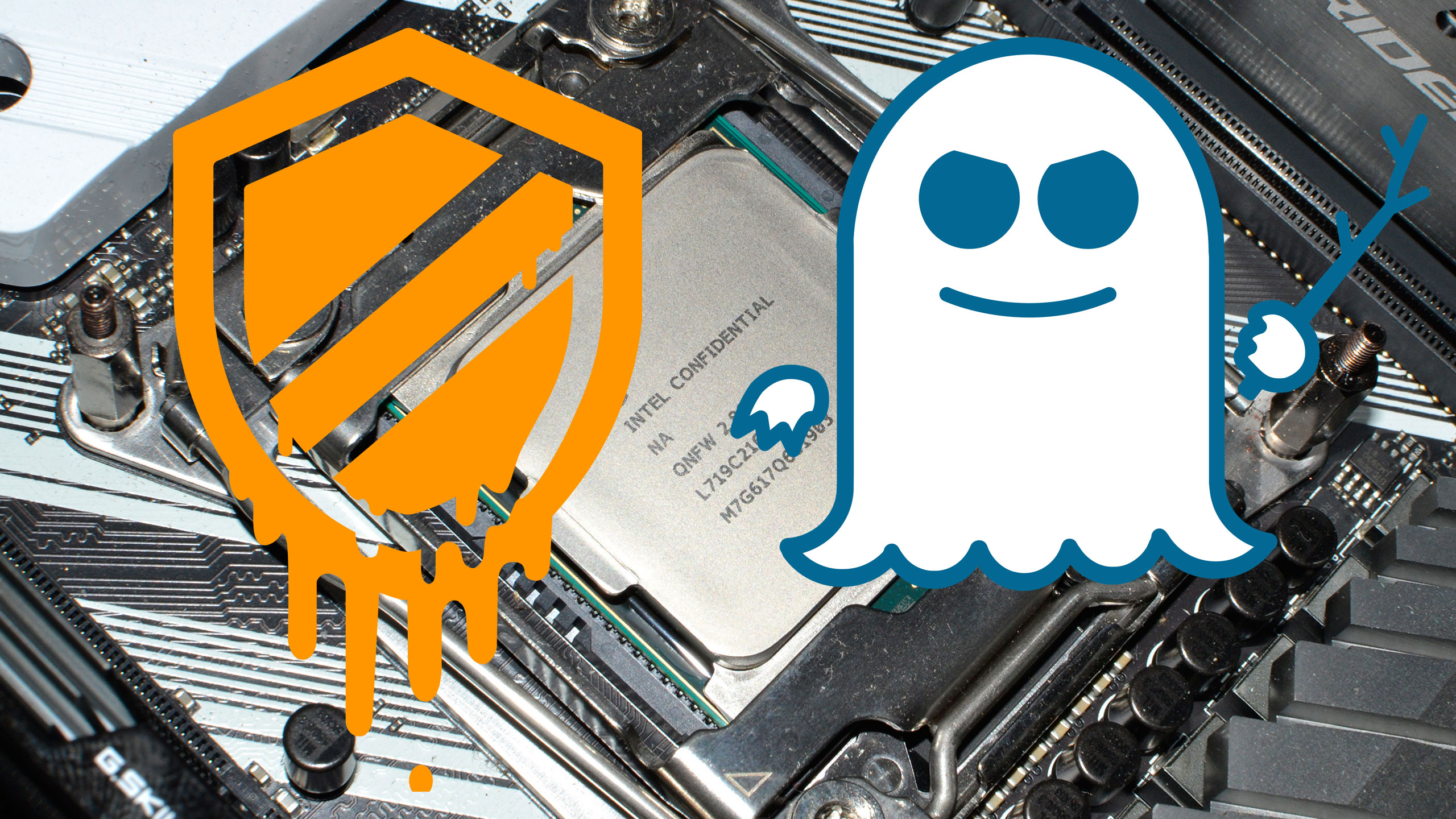
CPUs hit hard with nasty exploits
Just as the new year started, researchers revealed that AMD, ARM, and Intel CPUs made within the last 20 years were vulnerable to hardware-based exploits—exploits that basically pulled data from a process’s memory that should have never been accessible in the first place.
The exploits know as Meltdown and Spectre both operated in a similar fashion, but Spectre was the scarier of the two. While all major operating systems should have already been patched to stop any problems from Meltdown in its tracks, Spectre was harder to protect against largely because it targeted AMD and ARM CPUs in addition to Intel. In addition, any fixes applied to the CPUs had the possibility of causing performance slowdowns.
Not taking the exploits lightly, various CPU, GPU, OS, and game companies rolled out protections. Nvidia released new GPU drivers that patched against Spectre days after the initial announcement. Epic Games took precautions to protect itself against the Meltdown exploit. Asus eventually patched older Intel motherboards against both exploits, and of course AMD, Microsoft, Intel and the like released their own patched to protect users.
It wasn’t smooth sailing. Intel’s Meltdown and Spectre patches caused reboot issues in older PSUs, and also faced 32 class-action lawsuits over the exploit vulnerabilities. AMD patches bricked some PCs amid claims of other chip security flaws. Fishing emails claiming to have links to exploit patches also made the rounds. It was madness, madness we tell you.
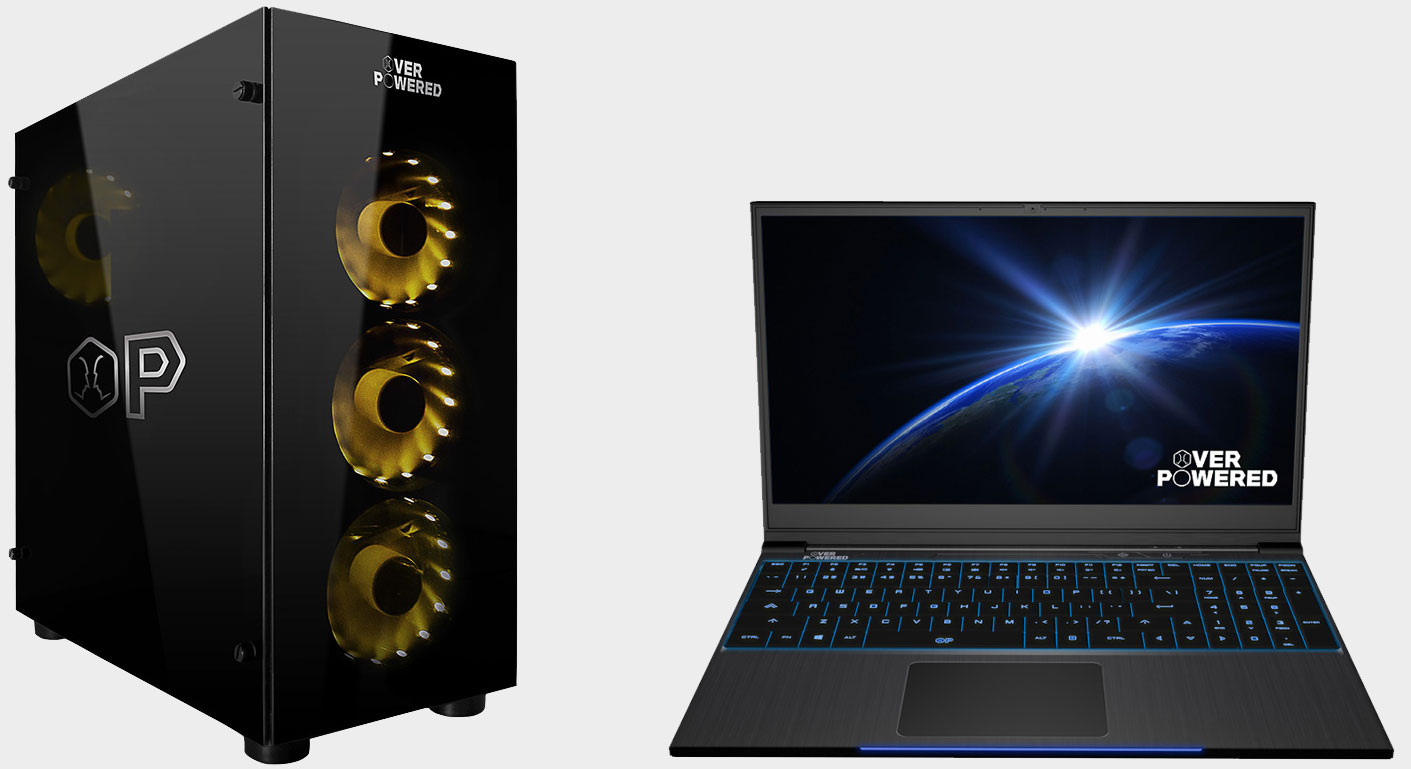
Walmart now sells gaming PCs
It was only a matter of time before Walmart eventually make a grand entrance into the PC gaming world. Walmart had already been selling prebuilt gaming PCs and laptops for a while—and cases, GPUs, CPUs, RAM, and other components—so its own line of gaming PCs was really the next logical step.
Walmart sought the help of Esports Arena to design and build the systems, which were available to consumers right as the holiday season kicked into gear. When the original announcement dropped, we were surprised at the decent spec list for both Walmart’s laptops and desktop PCs: 8th-gen Intel processors, Nvidia GeForce 10 series GPUs, even 32GB of RAM in some models. It seemed like that Walmart’s Overpowered line would shape up to be something good.
Then the reviews came in. From shipping mix-ups, poor cable management, terrible airflow, single channel memory on the DTW1 model, and rumors that Walmart pulled their gaming desktop PCs from sale due to quality concerns, there were more than a few undesirable features scattered across the Overpowered line. But performance-wise, they largely held their own against other prebuilts. The systems only recently released, so their longevity remains to be seen.
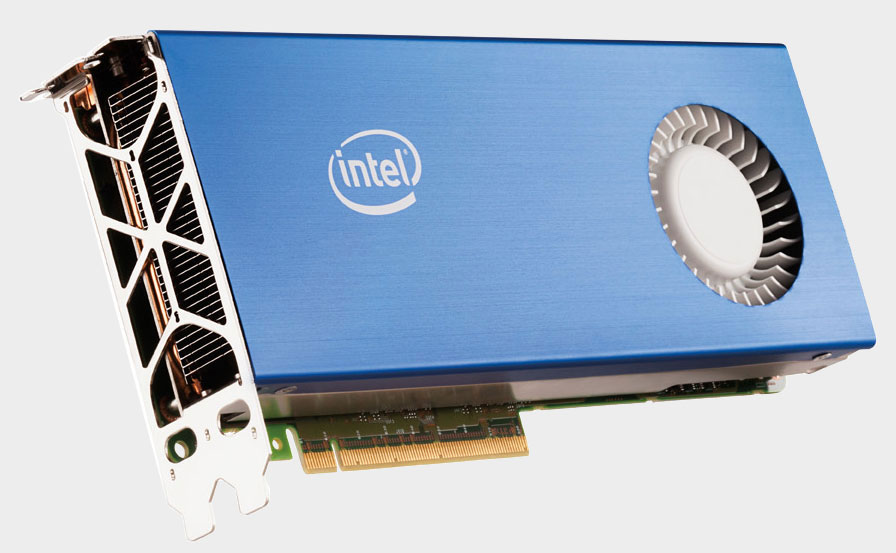
Intel plans to release discrete GPUs in 2020
In February of 2018, Intel shared details of a discrete GPU prototype it was developing, which was kind of a big deal since the company hadn’t released a proper discrete graphics solution over the last 20 years. That announcement came not too long after Intel had hired Raja Korduri, former head of AMD’s Radeon Technologies Group.
In fact, Intel went on to hire more AMD employees to spearhead its new discrete GPU project. Chris Hook, former director of global product marketing, and Derren McPhee, who spent over eight years at AMD in various marketing roles, both joined Intel in 2018. Seemed like Intel was going all-in with their intentions to compete in the discrete GPU market.
Early on it seemed like this new discrete GPU would not compete with AMD or Nvidia in terms of gaming, but that’s not to say Intel does not have gaming aspirations. In early September, Intel hinted that its discrete GPUs will support VESA adaptive sync, which would put them right alongside AMD or Nvidia in terms of supporting variable refresh technologies. Chris Hook is a huge fan of adaptive sync, so it’s quite possible Intel still has more to reveal about their discrete GPU—it did confirm their intentions to design a high-end discrete graphics solution for a wide range of computing segments.
While rumors still circulate about Intel officially unveiling its discrete graphics card at CES 2019, we do know one thing: the GPUs will be released sometime in 2020, if all goes to plan.
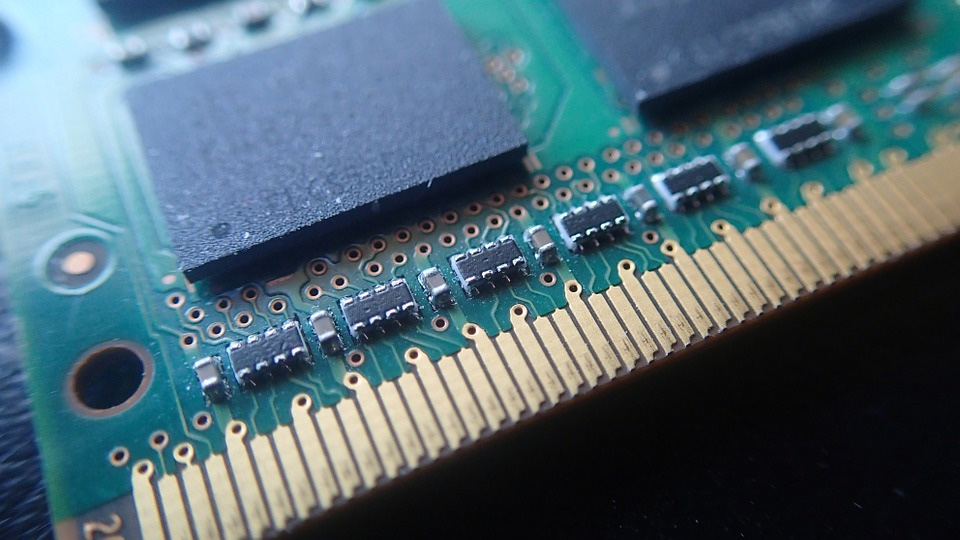
Falling SSD and RAM prices, and a price-fixing lawsuit
The drama over rising RAM prices did not quietly end with them falling again in 2018. A California class-action lawsuit filed in April alleged that rising RAM prices wasn’t due to smartphone manufacturers buying up every chip in sight—it was because Samsung, Micron, and Hynix colluded to drive up DRAM prices by fabricating the availability of DRAM chips.
But that’s not all. The lawsuit also alleged that the price fixing scheme affected the cost of desktop PCs and laptops sold from Acer, Apple, Asus, Dell, Lenovo, HP, Samsung, and many others. It didn’t help matters that there was conflicting reports all year long about RAM prices continuing to increase or finally decreasing, but if the current prices of RAM are any indication, the prices did finally drop back down to normal.
2018 also saw the decline of NAND flash memory prices. Most SSD manufacturers completed the transition to 64-layer 3D TLC NAND flash memory, leaving retailers with surplus of 32-layer units, and that meant slashed prices for the previous-gen SSDs. RAM and SSDs prices are expected to continue to drop into the new year. As for the outcome of the lawsuit, that remains to be seen.
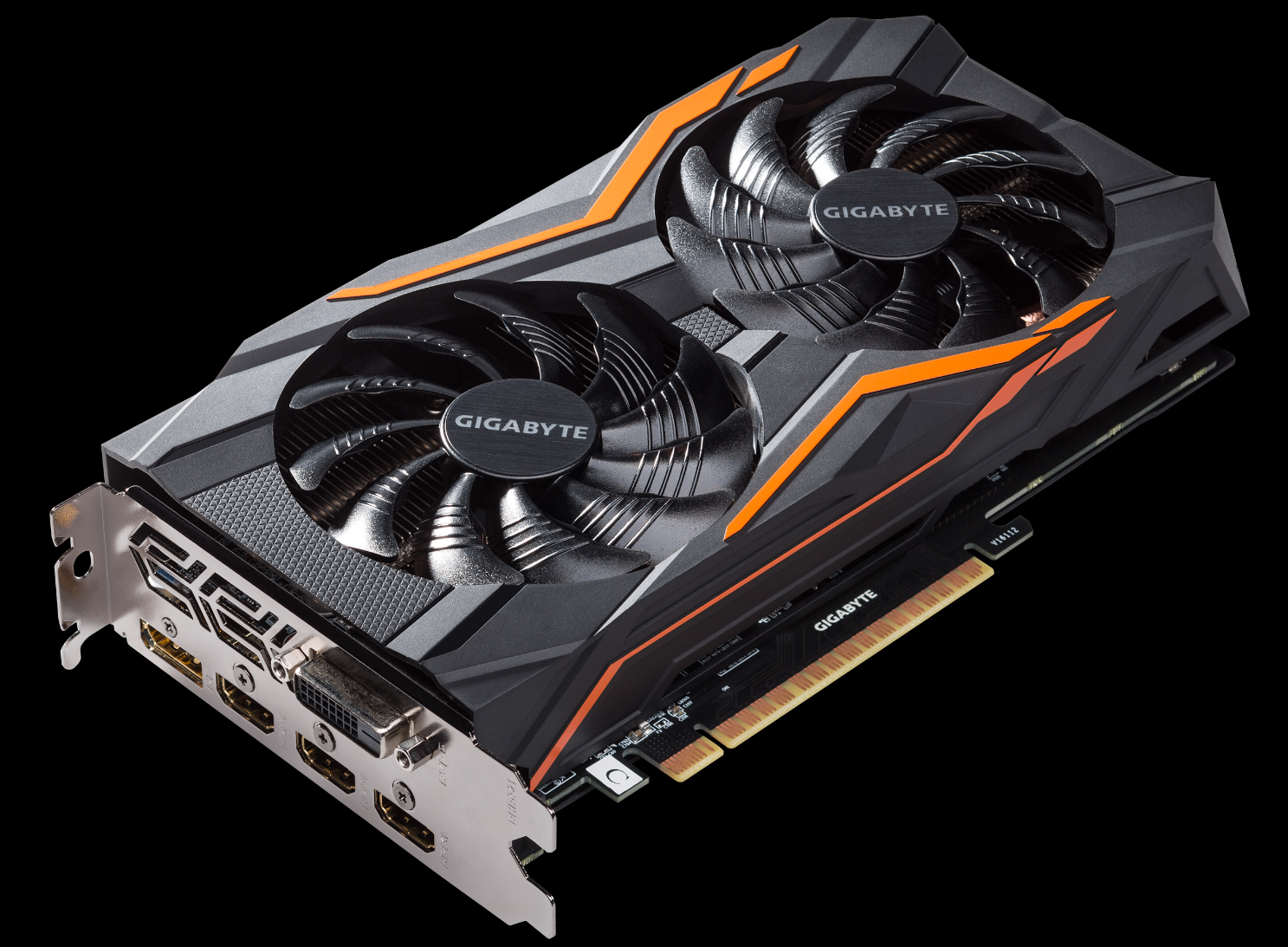
Where are the AMD GPUs, and why is RTX pricing so crazy?
With AMD generally a step behind Nvidia in terms of higher clockspeeds and better efficiency, but with more processing cores, the competition between the two graphics cards brands has always been an interesting one. While there was some buzz around AMD GPUs in 2018, Nvidia stole the show with their new RTX GPUs.
But the initial selling prices on the RTX 20-series put the cards out of reach for many gamers. Current retail prices on RTX 2080s are around $800, RTX 2080 Tis are well over $1,000, and RTX 2070s come in at a more manageable $500. With some of the older GTX series cards being discontinued, there’s limited options for gamers at the moment. We might just have to hold out hopes for a RTX 2060 in 2019.
Nvidia might have a grip on the extreme graphics market, but most gamers are still using midrange or lower graphics cards. AMD released their Radeon RX 590 in November 2018 for a modest asking price of $279. In addition to the RX Vega cards, these GPUs might not beat out Nvidia’s in terms of performance, but they still pack a punch at better prices.
AMD’s answer to Nvidia’s RTX cards will come with Navi in late 2019—if we see them, that is. But for now, new AMD GPUs are lacking, and RTX prices are too steep. Looks like we just have to be patient for something to change.
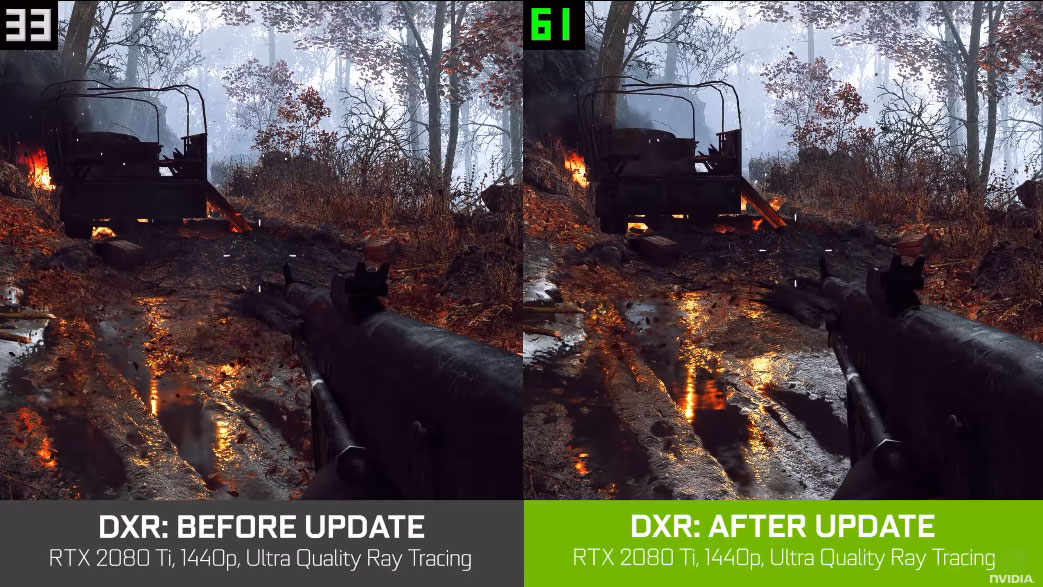
Ray tracing is the next big thing
2018 was a year of big announcements from Nvidia. Not only did it release their new line of RTX graphics cards, designed with its new Turning architecture, but they also announced those cards would come equipped with ray tracing, the next big thing in graphics processing.
Put in the simplest of terms, ray tracing involves tracing the path of a beam of light backward into a 3D world. As our own Jarred Walton has explained previously, “to determine the amount of light falling on to a single pixel, the ray tracing formula needs to know how far away the light is, how bright it is, and the angle of the reflecting surface relative to the angle of the light source, before calculating how hot the reflected ray should be.”
Basically, it’s a new kind of technology to make light, shadows, reflections, etc. look more intense and realistic. It also requires a hulk of a GPU to render all that visual fanciness, hence the RTX 20-series. But there was one small problem—few games at the end of 2018 were designed to handle ray tracing. There are more to come in 2019, 21 in total (announced so far), but as far as getting a firm sense of the future of ray tracing, we have yet to see what the technology can really do from a consumer perspective.
We did get a thorough look at Battlefield 5 with ray tracing enabled, but initially, the only thing ray tracing was used for in Battlefield 5 was improved reflections. Nvidia and DICE have been working together to optimize ray tracing performance in BF5 up to 50 percent, but what about those other 20 games, which include Atomic Heart, Metro Exodus, and Shadow of the Tomb Raider? We’ll see in 2019.
Edit: An earlier version of this article named Ajit Patel as FCC chairman. The FCC chairman is Ajit Pai.


